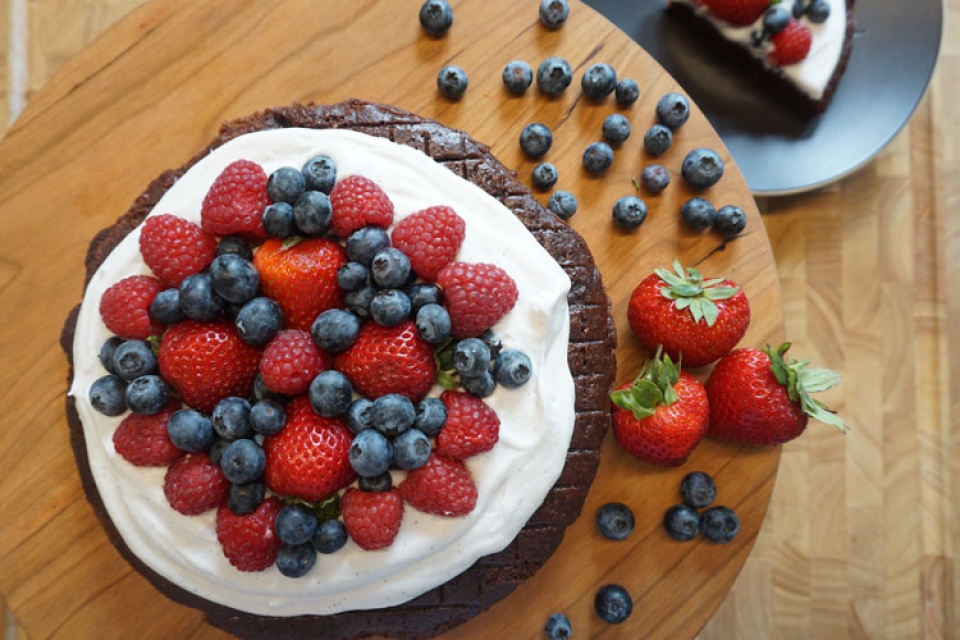Aquafaba 101
If you are like me, the first time you heard the word aquafaba, you probably did a double take. Aqua-what? Perhaps this is your first time hearing the word and you are wondering what in the world it is. Aquafaba is the word that has been given to the cooking liquid from cooking legumes (the liquid leftover when you boil beans, for example, or the liquid that is included in canned beans). Aquafaba has been found to be a good vegan substitute for eggs. Why the name? “Aqua” is Latin for “water” and “faba” is Latin for “bean.” The term was coined, and the technique of using aquafaba was established, in early 2015.
Chickpea aquafaba is most commonly used, but liquid from other types of legumes can work too (the liquid just needs to have been heated above 215 degrees F, be slightly thick, and be filtered through a fine-mesh sieve). The discovery of using aquafaba came about as people were trying to find a vegan, plant-based alternative to egg whites that didn’t have a weird taste. Because the discovery is so new, the science behind why it works is still pending, but it is thought that the protein and starches in aquafaba mimic the proteins in egg whites. But no matter how it works, it does work well not only to create fluffy items like meringues, whips, creams, marshmallows, and icing, but it also works as an emulsifier and binder for products like waffles, mayo, burgers, breads, and more!
But what about the lectins and phytates (two plant toxins that bind to vitamins and minerals making them unavailable for digestion) from the beans? Soaking and boiling beans decreases lectin and phytate content, making beans more digestible. So then, do lectins and phytates end up in the aquafaba? The science is still unsure, but reports of people experiencing gas after consuming aquafaba have been few, and chickpeas have the least amount of lectins and phytates compared to other beans.
Already some mainstream brands are starting to incorporate aquafaba into their products, but you can also try using aquafaba in your home kitchen. There is a Facebook group devoted to experimenting with aquafaba and sharing recipes for using it. There is also a webpage devoted to aquafaba where you can learn more history and information.
Our Outreach and Education Coordinator, Meredith, tested aquafaba in a gluten-free vegan berry cake, and we judged it against the same recipe that used a flax "egg" instead of aquafaba. The results were unanimous that the cake that had aquafaba in it was the favorite! It had no distinct difference in taste, had a better consistency, and rose just a little bit better in the oven. Stay tuned for this recipe in our July Onion Skin newsletter.
If you give cooking with aquafaba a try, let us know on our Facebook page! And stay tuned – we’ll probably test it out in more of our own recipes in the future.
